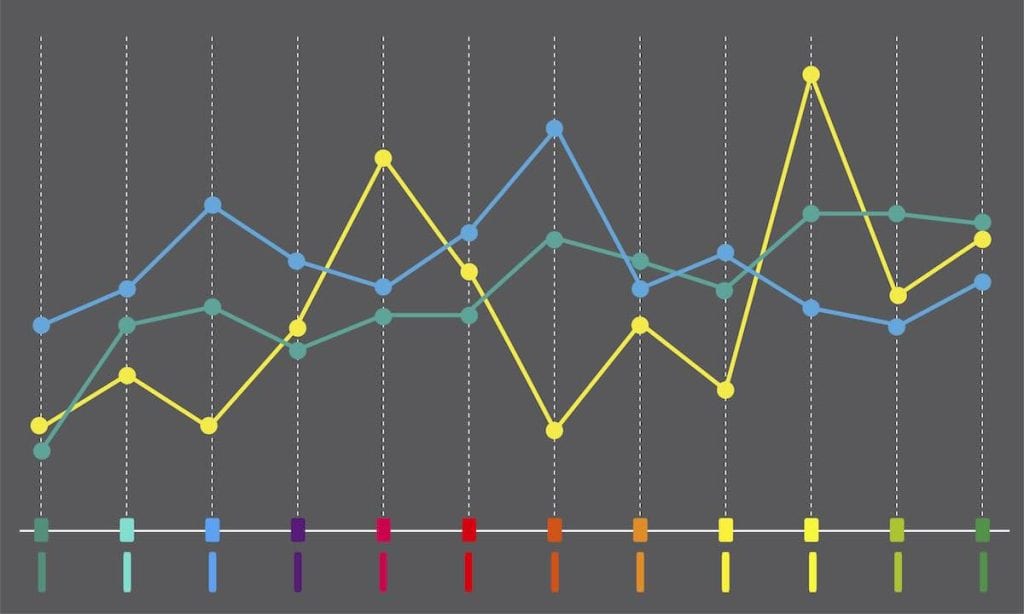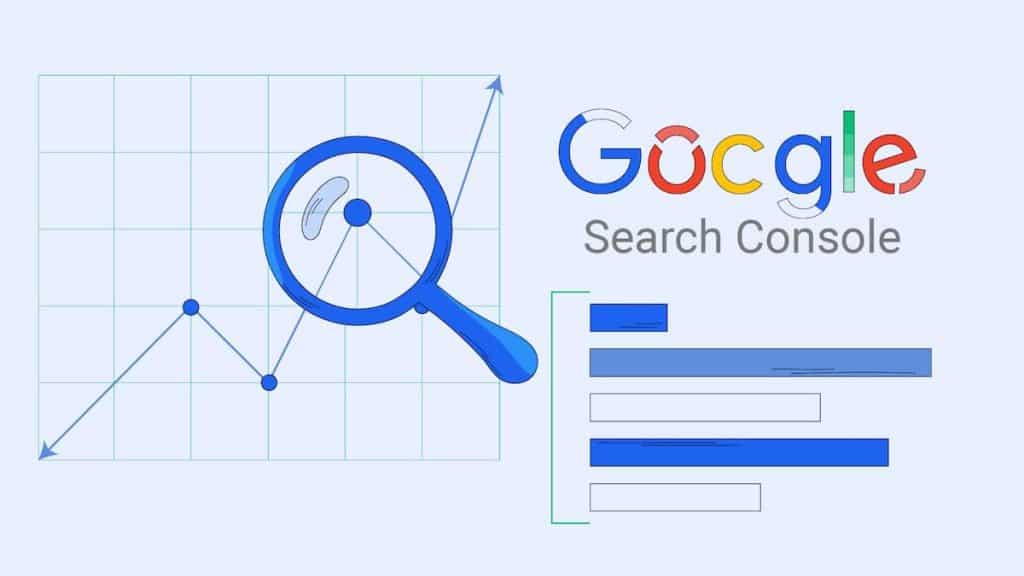Search engines have evolved far beyond mere keyword matching. Today, in 2025, they actively evaluate how real people interact with content. For SEO professionals, content strategists, and business leaders, understanding SEO behavioral factors has become essential. Modern ranking systems, powered by advanced AI like RankBrain, heavily weigh user behavior metrics to decide which pages deserve visibility. This article dives into the timeless behavioral signals that shape search success — such as CTR, pogo-sticking, and dwell time — explores how tools like GA4 and the latest Google Search Console help decode these patterns, and explains the growing importance of assessing collections performance metrics.
What Are SEO Behavioral Factors?
In the realm of SEO, behavioral factors encompass signals drawn directly from user actions that search engines interpret as indicators of content relevance and quality. Simply put, they reveal how visitors engage with your website and your listings in the search results. These factors cover metrics like how often users click on your page in the SERPs, how long they stay, and whether they quickly retreat to explore other results — all of which shape your site’s perceived value.
Imagine a user types in a search, clicks through to your page, and spends meaningful time absorbing the content. This sends a strong positive signal to Google. Conversely, if they land on your site and promptly return to the search results to click a competitor’s link, that interaction may indicate dissatisfaction.
Over the years, the industry has amassed compelling evidence that search engines factor in such behaviors. While Google doesn’t officially publish a detailed list of these inputs, consistent observations, insights from patents, and competitive disclosures paint a clear picture: search algorithms reward sites that truly satisfy visitors. In fact, many leading SEO analysts now place user experience and behavioral engagement at the forefront of ranking influences, perfectly aligned with Google’s core mission of delighting searchers.

Key User Behavior Metrics in SEO
Let’s delve into the principal user behavior metrics that every SEO specialist and digital marketer should monitor and optimize.
Click-Through Rate (CTR)
Definition: CTR measures the percentage of users who click on your listing after it appears in search results. It’s calculated by dividing the number of clicks by the number of impressions.
Why it matters: A robust CTR indicates your title and description resonate with users and match their intent. Google’s evolving systems adjust rankings when a result consistently garners more clicks than expected for its position, recognizing that such engagement often points to superior relevance.
Dwell Time and Long Clicks
Definition: Dwell time refers to how long a user stays on your page after arriving from a search result before returning to the SERP. A “long click” typically suggests satisfaction, while a swift return often implies the opposite.
Why it matters: When users invest time reading or interacting with your content, it signals that your page delivers on their query. This stands in contrast to quick exits, which may hint at a mismatch between your content and user expectations.
Bounce Rate and Pogo-Sticking
Definition: While traditional bounce rate reflects the percentage of visitors who leave after viewing a single page, in SEO, pogo-sticking is the more critical concern. It describes a scenario where users rapidly bounce back to the search results to try another link.
Why it matters: Repeated pogo-sticking from your site can indicate to search engines that your page doesn’t fulfill user needs, potentially leading to ranking adjustments. Unlike typical analytics bounce rates, which factor in all traffic sources, pogo-sticking directly showcases dissatisfaction from organic search users.
Engagement Rate and Average Engagement Time (GA4)
Definition: Google Analytics 4 has reframed user interaction with metrics like Engagement Rate — the share of sessions lasting over ten seconds, involving multiple pages, or triggering conversion events — and Average Engagement Time, which measures active time on page.
Why it matters: Elevated engagement rates and sustained active sessions reflect meaningful user interest. While not direct ranking signals in themselves, they usually correlate with better on-site experiences that support positive SEO outcomes, such as reduced pogo-sticking and increased conversions.
Pages per Session and Return Visits
Definition: These metrics capture the breadth and frequency of user exploration: how many pages a visitor views in one sitting, and how often they return.
Why it matters: High pages per session and healthy repeat visitor counts often demonstrate that users find your site compelling and worth revisiting. This depth of interaction strengthens overall trust in your content’s relevance and quality.

Good vs. Bad Clicks: The Hidden Judgement of User Satisfaction
Internally, search engines differentiate between engagements they deem productive (where users linger, explore, or convert) and those that appear unsatisfying (marked by abrupt exits or repeated searches). Though site owners can’t track these internal labels, focusing on delivering genuine value keeps you on the right side of this invisible ledger, increasing the share of what might be classified as “good clicks.”
In sum, these user behavior metrics serve as the pulse of your site’s alignment with visitor intent. They tell search engines whether your content deserves to climb higher or slip back in favor of more satisfying alternatives.
RankBrain: Definition and Its Modern Role
RankBrain stands as Google’s pioneering leap into AI-driven search — a machine learning system introduced in 2015 to help process and interpret complex or ambiguous queries.
RankBrain Definition: At its core, RankBrain uses artificial intelligence to better grasp the context behind search terms, mapping unfamiliar or nuanced phrases to familiar concepts. This means it doesn’t rely solely on exact keyword matches but understands underlying meanings. For example, a convoluted question about “the consumer at the top of the food chain” would trigger results about apex predators, even without that exact wording.
Its role today: Over time, RankBrain has become an integral layer in Google’s broader AI ensemble, alongside systems like Neural Matching, BERT, and MUM. RankBrain not only interprets language but also refines results based on observed user interactions. If it detects that searchers consistently favor a particular result by clicking and staying engaged, it can adjust rankings to surface that content more prominently. Thus, RankBrain helps ensure the algorithm dynamically aligns with real-world user preferences.
For practitioners, the takeaway is that there’s no checkbox for “optimizing for RankBrain.” Instead, you optimize by deeply satisfying search intent with clear, authoritative, and engaging content — precisely the kind that leads to positive behavioral metrics.
Using GA4 and Search Console (2025) to Master Behavior Metrics
No modern SEO strategy can thrive without robust analytics. Google Analytics 4 and the updated Google Search Console serve as the backbone for tracking and interpreting these behavioral signals.
Google Analytics 4 (GA4)
GA4, which replaced Universal Analytics, is designed for today’s event-driven, cross-device environment. It emphasizes engagement over mere visits. Metrics like Engagement Rate, Engaged Sessions, and Average Engagement Time reveal not just that users arrived, but whether they interacted meaningfully.
Practical example: You might see one page boasting a three-minute average engagement and a 75% engagement rate, while another languishes at 30 seconds with only 40% engagement. This signals where to refine content or UX. GA4 also enables you to track specific user flows and segment by traffic source, spotlighting how organic search visitors behave differently from direct or paid users — crucial for diagnosing potential intent mismatches.

Google Search Console (GSC)
Search Console remains your window into Google’s side of the equation. It reports impressions, clicks, CTR, and average positions, illuminating how your pages fare in the SERPs before users ever land on your site.
If a page garners ample impressions but a lackluster CTR, your snippet may not be compelling or may misalign with the query. Linking GSC data with GA4 creates a powerful synergy: you see both pre-click behavior (do users find your result enticing enough to click?) and post-click behavior (do they stay engaged?).
Recent enhancements, like Search Console Insights, fuse these views, helping content creators quickly assess how new pages perform in search and how visitors behave once they arrive, streamlining the feedback loop for optimization.
Collections Performance Metrics: Gauging the Power of Your Content Hubs
“Collections performance metrics” typically refer to the aggregated health indicators for grouped pages — such as product categories on an e-commerce site or topic clusters on a content portal.
Why they matter: For online retailers, category pages often serve as gateways to purchases, with a substantial share of transactions originating from these hubs. Likewise, for informational sites, well-structured topic pages can guide readers deeper into related articles, enhancing both engagement and authority.
Key metrics include:
- Traffic and unique visits: These numbers set the stage, but raw views alone don’t guarantee success.
- Click-throughs to individual items: A strong category-to-item CTR shows your listings entice users to explore further.
- Bounce and exit rates: High values here may flag pages that fail to encourage deeper site journeys.
- Conversion and revenue per visitor: For commercial sites, these tie your collections’ effectiveness directly to business outcomes.
- Add-to-cart rates: In retail contexts, they reveal how compelling your assortment and presentation truly are.
Tracking these metrics allows you to spot underperforming clusters, prioritize improvements, and replicate winning strategies across your site.
Why Behavioral SEO is the Future
In the current landscape, thriving in SEO means excelling at user satisfaction. Gone are the days when stuffing a page with keywords and amassing backlinks guaranteed prominence. Today, it’s your ability to meet — and exceed — visitor expectations that propels rankings.
Google’s RankBrain and allied AI systems actively learn from how users engage with search results and your site, letting their collective behavior fine-tune rankings over time. Thus, SEO behavioral factors — from CTR to engagement to reduced pogo-sticking — are more than mere statistics; they’re signals that your site genuinely deserves attention.
Armed with insights from GA4 and Search Console, you can identify exactly where your content delights users and where it falls short. Meanwhile, monitoring collections performance metrics ensures your broader content architecture supports seamless exploration and conversion.
At its core, optimizing for behavioral factors means optimizing for people. When your pages load swiftly, speak directly to user needs, and guide visitors effortlessly to their goals, you satisfy both human visitors and the sophisticated algorithms designed to serve them. By prioritizing this harmony, you future-proof your SEO strategy for RankBrain and whatever intelligent systems may follow.

